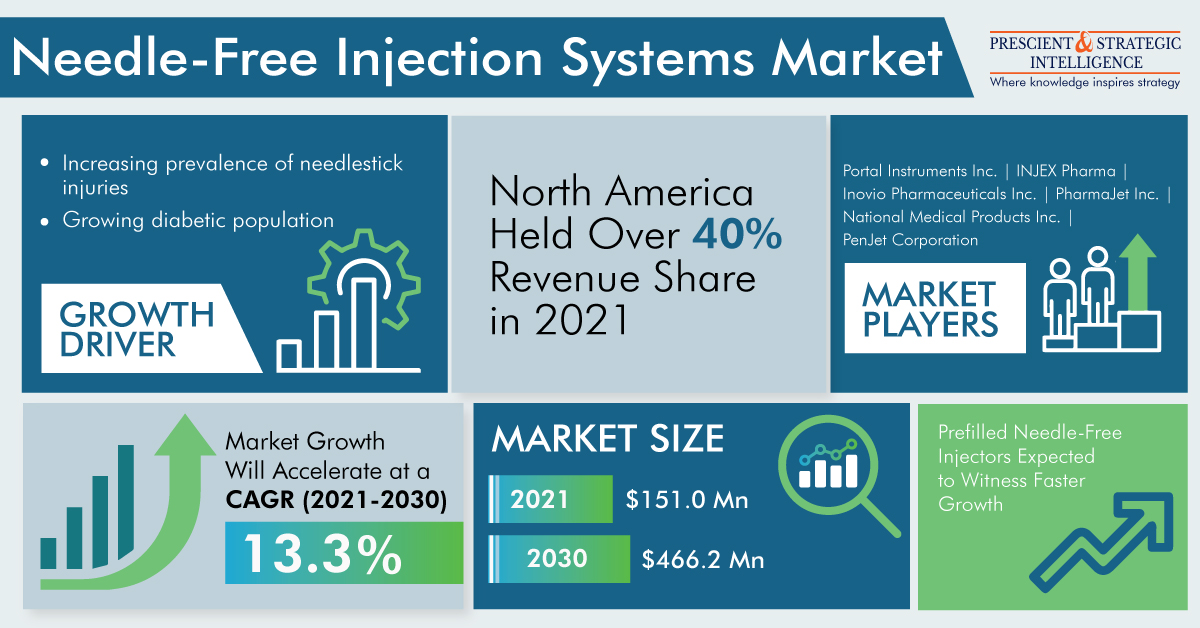Not just children but adults also have needle phobia; therefore, they avoid or try to avoid going to the doctor as much as possible. Thus, many deliberately miss appointments with doctors or may avoid the prescribed treatment that involves this mode of drug administration.
As per research, around two in every three children are afraid of needles. Moreover, on average, 16% of the adults avoid vaccination drives due to trypanophobia. Further, several studies have shown that around one in ten adults have difficulty taking needled injections due to this phobia.
Therefore, mass immunization programs, such as the ongoing ones in the light of COVID-19, face apprehensions from people afraid of needles. There were even reports of people fainting out of fear of vaccines, such as that of one Maguila Júnior in Sao Paulo! Although the viral video of the incident, recorded by his acquaintance, might make you laugh, imagine the psychological trauma Maguila must have gone through then and long after he came to.
Thus, the concept of needle-free injections has been gaining pace for quite some time, as it aims to ensure people do not miss out on important vaccinations. Such devices deliver drugs by applying forces such as shock waves, gas pressure, electrophoresis, and Lorentz through the skin. Hence, in 2021, the needle-free injection systems market stood at $151.0 million; it is expected to advance at a rate of 13.3% from 2021 to 2030, to hit $466.2 million in revenue by 2030.
The needle-free injection technology is backed by international health organizations, such as the Centers for Disease Control and Prevention, World Health Organization, and Bill and Melinda Gates Foundation. Since, these systems are painless, they provide numerous benefits to the pharma industry, the biggest being enhanced patient compliance. It has shown promising results in vaccination programs.
Further, researchers in the Netherlands are developing a laser-technology-based bubble gun to make needle-free, virtually painless injections. With this, scientists aim to make mass vaccination drives more successful, by easing people’s fear with the assurance of zero discomfort. The laser pushes the tiny droplets inside a bubble gun through the outer layer of the skin. The process is faster than a mosquito bite and does not cause any pain, as there is no contact of the device/laser with the nerve endings.
The technology used in the bubble gun facilitates the heating of liquid within milliseconds, and a bubble is formed in the liquid, pushing it at a speed of 60 mph. This injection penetrates the skin without any damage, thus not causing any wound. Researchers believe that this device will quicken up the vaccination process and prevent contamination by dirty or reusable needles, while also minimizing the generation of medical waste.
Therefore, the demand for needle-free injection systems is rising for painless drug administration. This could ultimately increase the participation of people with trypanophobia in mass immunization drives, which is imperative to control common infections, such as COVID, flu, hepatitis A and B, rubella, tetanus, typhus, diphtheria, measles, and even polio.

